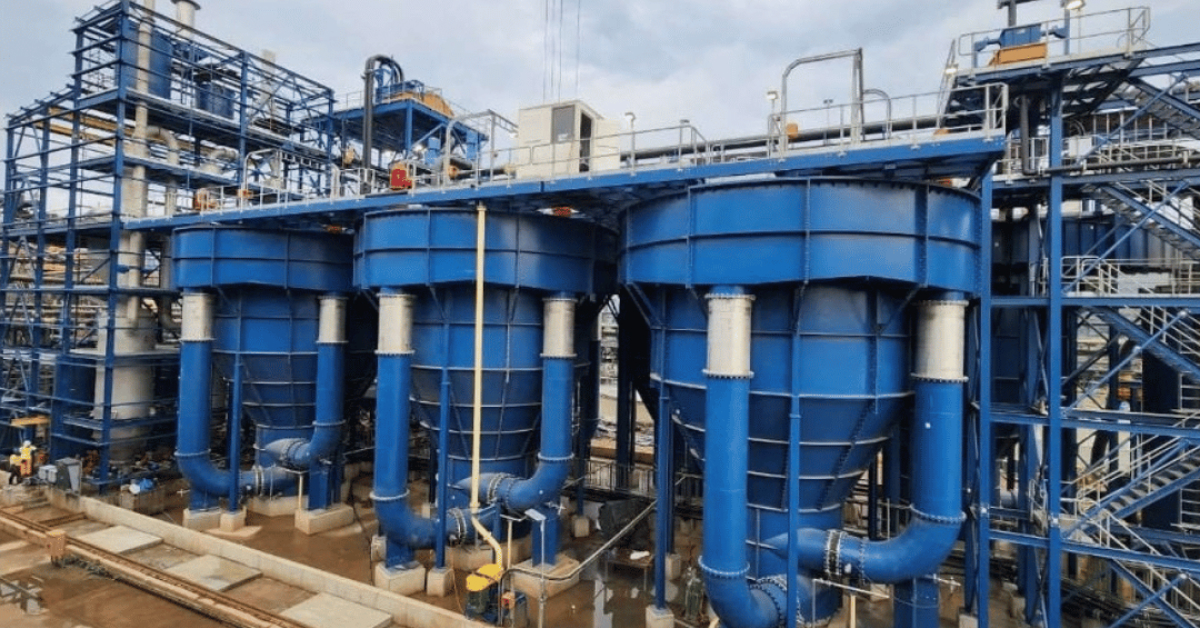By Rob White, International Zinc
Association – Southern Africa
BACKGROUND
Before the SASFA Code for low rise light steel frame building could be finalised and submitted to the SABS to be adopted as a national standard, some areas where improvement in the code was possible were identified. Of particular importance is the role of fasteners as tens of thousands can be employed in a single building.
The original draft of the code specified that the corrosion resistance of fasteners should at least match that of the materials being joined. However, this was considered too vague in terms of practical guidance for erectors.
To address this problem, SASFA established a technical sub-committee comprising light steel frame fabricators and fastener distributors. The scope of work was defined as the development of realistic and practical guidance to the specification of fasteners, to be contained within the SASFA Code.
A survey of international practices showed that in North America the Cold Formed Steel Engineers Institute produced a document on the required corrosion protection of screw fasteners, but no guidance on the selection of protection is provided per application. Lightweight steel framed construction is widely used in Europe, but corrosion protection of fasteners is largely left to the fabricator.
In Australia AS 3566: Self-drilling screws for the building and construction industries has been in existence since 2002. Part 2 covers the corrosion resistance requirements for fasteners. This code uses ISO 9223 (Corrosion of metals and alloys – Corrosivity of atmospheres – Classifications) to classify the corrosivity of the various environments encountered. This standard is being used as the basis for the development of a new standard in South Africa (SANS 1273) to cover Fasteners for roof and wall coverings in the form of sheeting.
The regional corrosivity of the environments encountered within South Africa is well documented. Thus, a simplified (yet practical) approach to the selection of fasteners for steel framed dwellings was possible.
THE PHILOSOPHY ADOPTED
Whilst it can be stated that the fastener is integral to the long-term integrity of the structure, the need to have a manageable method for fastener selection led to the adoption of ease of access in the building as a guiding principle in selection of corrosion resistance of fasteners. The intention is not to make undue compromise but merely to ensure that fastener selection, whilst matching the intended durability of the structure, is not made unduly robust incurring unnecessary expense. This practical approach led to the development of the table (see below) where the application is defined in terms of its location in the building which is in turn defined through the ease of access should any refurbishment be required.
THE RECOMMENDATION
The coating classes are defined as those to ensure long term durability in the defined environment (as per ISO 9223) with C2 defined as inland and C3 defined as aggressive (polluted environments or 500m to 10km from the sea). The coating Class 1 is only permitted for fastening internal linings and ceilings inside the building envelope. Irrespective of the coating class specified, it should be noted that fasteners not inside the building envelope and not washed by rain (e.g. under overhangs) in marine and industrial environments, require additional protection against corrosion, such as additional painting.
To determine compliance with the corrosion resistance requirement, two approaches have been adopted. The first is the defined requirement for zinc coatings. The coating type, weight and integrity in the case of mechanical plating are defined per coating class. Naturally, the more onerous the coating class the greater the thickness of the zinc coating required.
The standard is not prescriptive in terms of coating type and allowance is made for the use of organic coatings. However, the coatings are required to meet the following tests to ensure compliance with requirements.
As with the Australian standard, the test screws shall be driven through a piece of 1.5mm galvanized sheet and the test performed on the undriven shank and head. A QUV conditioning test is required to age the sample followed by standard salt spray testing. Different exposures of 72 hours, 240 hours and 1 000 hours are required for the coating Classes C1, C2 and C3 respectively.
These recommendations will enable the adoption of a simple system for specifying the coating types required for the various fastener applications with due regard to the economics of the total system. To assist the process, the suppliers of fasteners will ensure that either the fasteners themselves and/or their packaging are marked to indicate the coating class.
We believe that this concise yet precise specification will assist those in the industry who have to specify fasteners, and that users will have the confidence that, when applied, the durability of the structure will be as intended by the designer. It replaces the rather vague system used elsewhere in the world, and precludes incorrect specification occurring.






